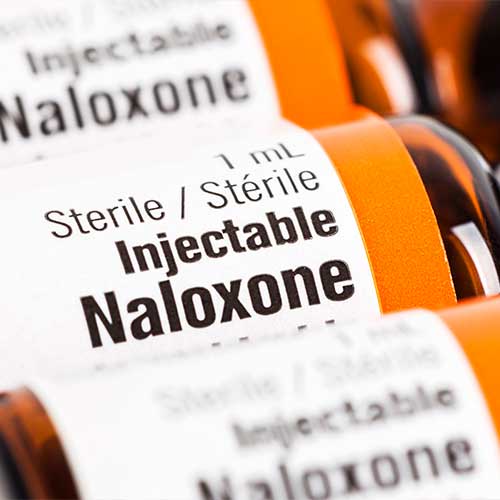April 2020
According to the National Institute on Drug Abuse (NIDA), the U.S. is in the midst of an opioid crisis, with an estimated 130 people dying from opioid overdoses every day. The NIDA also estimates that approximately 1.7 million people suffer from a substance use disorder related to this class of drugs, which includes Percocet (oxycodone), codeine, morphine, Vicodin and Oxycontin — all drugs commonly prescribed by doctors to help manage pain. Anyone who takes these drugs, even those who do so under a physician’s supervision, could be at risk. This is true even if they are being used only for the short-term, such as the first few days after an outpatient surgical procedure.
That’s why it is important for patients to take a proactive role in their own pain management. If you are having surgery or are experiencing chronic pain, be sure to ask your doctor or pharmacist the following important questions about any medication treatment plan that includes opioids.
What are the common side effects and issues associated with opioids?
Although opioids can be effective at managing pain, even short-term use can come with some side effects, including slowed breathing, sleepiness, confusion, nausea and constipation.
But the biggest potential problems come with long-term use. For a long time, doctors were led to believe these drugs were not habit forming, so they started prescribing them more frequently for common chronic pain issues, such as back pain and migraines.
Unfortunately, it’s now apparent that long-term use of this class of painkillers, whether after surgery or to manage chronic pain, can lead to serious consequences, including muscle pain, lung infection, heart infection and perhaps most distressingly, lifelong addiction and even death.
What should I ask my doctor or pharmacist before taking an opioid?
Experts from the Food and Drug Administration, as well as other public health agencies, now recommend that upon receiving a prescription for an opioid medication, patients should ask their doctors some important questions.
Here are the key questions you should ask:
- I have a personal — or family — history of addiction. Is it safe for me to take this medication?
- How often should I take this drug? How much should I take? How long should I take it for?
- How can I best reduce the risk of side effects — including addiction?
- Could this drug interact with any of my other medications?
- Are there any safe, reliable non-opioid alternatives to help me manage pain?
Although opioid medications may often be used as the first line of defense for acute pain, they aren’t the only option available. According to American Addiction Centers, there are several non-opioid ways to deal with short-term pain, like after a surgical procedure or a broken bone, as well as long-term management of chronic conditions.
Nonsteroidal anti-inflammatory drugs (NSAIDs). Common over-the-counter and prescription medications like ibuprofen, acetaminophen, aspirin and steroids are often more than enough to quell the discomfort experienced after a bone fracture or minor surgical procedure. Tylenol and Advil can also play an integral role in the management of chronic conditions by helping to relieve inflammation and in turn, feelings of pain.
Physical therapy and exercise. Although moving around may be the last thing you want to do when you are in pain, moving can actually help bring short- and long-term relief, according to University of Utah Health, an academic healthcare system. Movement-based therapies help control pain by reducing inflammation and strengthening muscles that can provide added support to help avoid injury or strain. As an added byproduct, this kind of exercise can also reduce your body weight, improve your sleep and heighten your mood — all things that will also minimize pain.
Neuromodulation. Some doctors may recommend electrical or radio stimulation to help “short-circuit” pain signals in the body, especially for patients who are experiencing chronic pain. These newer high-tech neuromodulatory techniques modulate how pain signals are communicated in the body and may promote the production of endorphins and other feel-good chemicals to help keep pain at bay.
If you still have questions, ask your local Good Neighbor Pharmacy pharmacist for more information on the safe use of opioids.



